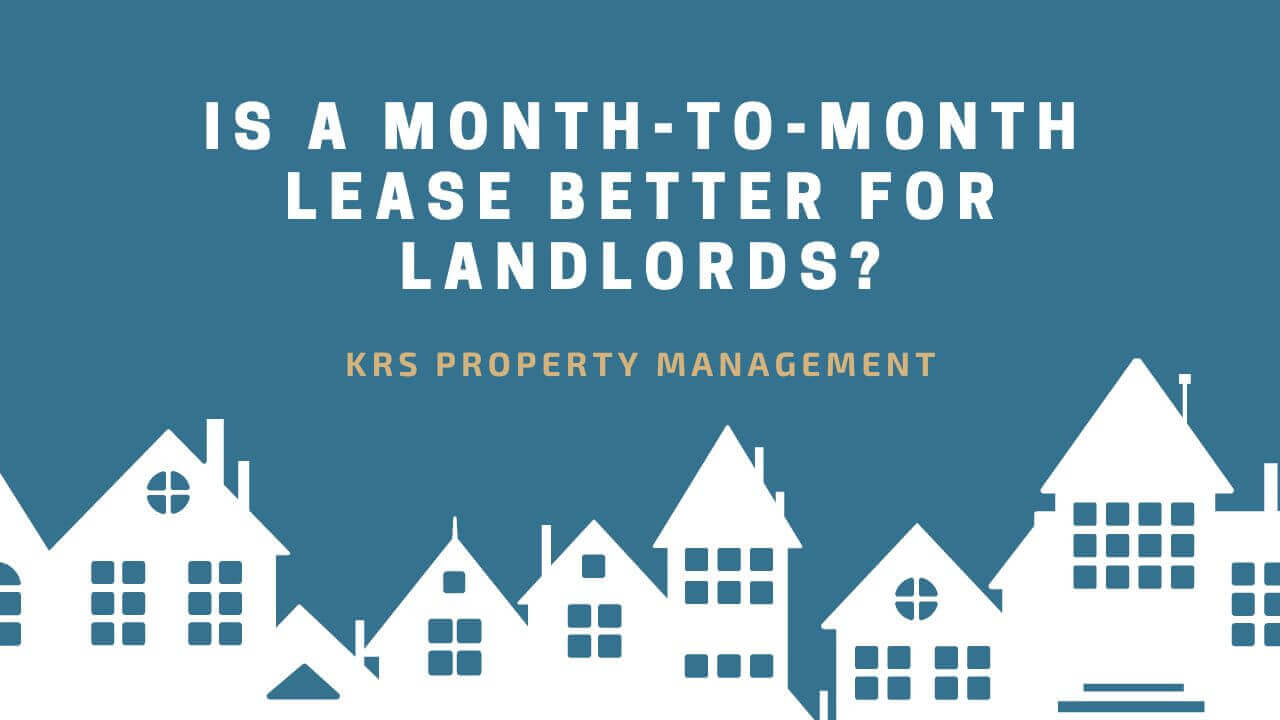
Are you a landlord trying to decide between renting with a long-term lease agreement or a month-to-month arrangement with your tenants?
A savvy landlord knows the importance of requiring tenants on signing a lease or rental agreement before moving in. Now, among the lease options a landlord accepts a monthly tenancy rental agreement.
This is a short-term rental agreement that allows a landlord to rent out their rent property without any long-term commitments.
A month-to-month lease is different from a long-term tenancy agreement and has its benefits and disadvantages. The following is everything you need to know as a landlord regarding any month-to-month leases and whether it’s better for your renting business.
What is a Month-to-Month Lease?
First, a month-to-month lease is just like any other rental agreement in the sense that it’s a legally binding document between a landlord and new tenant.
It binds either the landlord and the tenant to the month to month lease for a month and to release it, either party must serve the other appropriate not short notice.
In Virginia, the Residential Landlord and Tenant Act requires that a non short notice of at least 30 days be served before terminating a month-to-month lease.
typically, a landlord uses month-to-month agreements to extend long-term leases that have come to an end.
This helps avoid holdover situations, where a tenant occupies a rental unit without a lease agreement. That said, it’s also possible for a landlord to require new tenants to enter a month-to-month lease from the very start.

Why Would a Landlord Choose a Month-to-Month Lease?
Landlords who choose a month-to-month lease agreement over fixed-term arrangements usually do so for flexibility purposes. A month-to-month tenancy can make it easy for you to choose who to rent to and for how long. It can also be helpful when you want to extend a longer-term lease agreement rather than have the tenant hold over.
That said, agreements on a month to month basis can make it harder for landlords looking to generate a consistent rental incomeon their rent property. This is because you may find yourself experiencing vacancies now and then.
Pros of Month-to-Month Lease Agreements
Just like any other type of lease, a month-to-month lease has its fair share of pros and cons for landlords and tenants alike. The following are the pros:
You Can Terminate It Easily
Terminating this kind of tenancy isn’t as complicated as terminating a long-term agreement. With a fixed-term lease, you’ll have to wait for the month to month lease expiration date to get back your home. The only exception would be to either seek mutual termination or evict tenants for a legitimate cause, by serving a written notice.
With this lease signing, however, all you have to do as a landlord is serve the tenants with proper notice of termination. The minimum termination notice for tenants on month-to-month arrangements in Virginia is a 30 days notice.

You Can Test the Waters as New Landlords
Are you a newbie DIY landlord? If so, monthly leases can help you figure out whether or not being a landlord is right for you. You can use this time to learn how best to market your rental property, screen prospective tenants, and handle maintenance requests.
You can Raise the Rent
Having month-to-month tenants will enable you to raise the monthly rent the tenant will pay quite easily without having to lose the tenant. But before you do so, make sure you check local laws to know the minimum notice required to give to the tenant when you rais the rent amount.
In Virginia, how much notice you need to provide tenants before a rent increase depends on the lease agreement term the landlord, and security deposit . For monthly, a 30-day notice is mandatory to ensure tenants have time to pay rent. Also, make sure to comply with anti-discrimination laws and retaliation laws.
Breaking the Lease has No Penalties
Unlike fixed-term leases, there is no penalty for breaking a short-term lease. After all, it’s expected that either party will ultimately terminate it with notice. The same cannot, however, be said of fixed-term tenancies. Breaking a fixed-term lease agreement often results in financial planning and legal ramifications.
You’re Able to Retain Quality Tenants
A month-to-month rental contract can enable you to retain desirable tenants for optimal returns and reduced stress. Once you land one, you’ll just have to keep renewing their lease agreement until the tenant eventually leaves the rent unit.

You Have Time to Find Replacement Tenants
As already mentioned, the minimum notice to end a month-to-month rental agreement is 30 days Once the renter leaves, you won’t be on a time crunch trying to re-rent the property. You’ll have time to market the property, screen prospective residents, and show the rental property to interested residents.
Cons of Month-to-Month Leases
Month-to-month leases tenancy aren’t without some cons. They are as follows:
The End Date is Never Certain
Monthly written lease agreements can be desirable in some situations, especially when looking for overall signing flexibility. However, with flexibility comes uncertainty. Having to find a renter now and then will have an impact on your bottom line.
For optimum return on investment, you’ll want to hold onto a quality renter for as long as you can.
You’ll have a Less Stable Income
Keeping tenants temporarily will hurt your bottom line. You may have a less stable income, which may result in a poor return on investment. Also limits Security Deposit amounts.
How are Fixed-Term Leases and Monthly Contracts Different from Each Other?
A fixed-term lease lasts for far much longer, usually between 6 months and a year. Also, unlike month-to-month lease agreements, breaking fixed-term lease agreements carries certain financial and legal ramifications.
Bottom Line
So, is a month-to-month tenancy better for landlords? It depends! Examine both the pros and cons to determine whether it’s the best option for you as the landlord accepts it.
For expert help in managing your rental property, turn to the experts at KRS Holdings. We can help maximize your ROI and provide you peace of mind. Get in touch to learn more about our management services!






